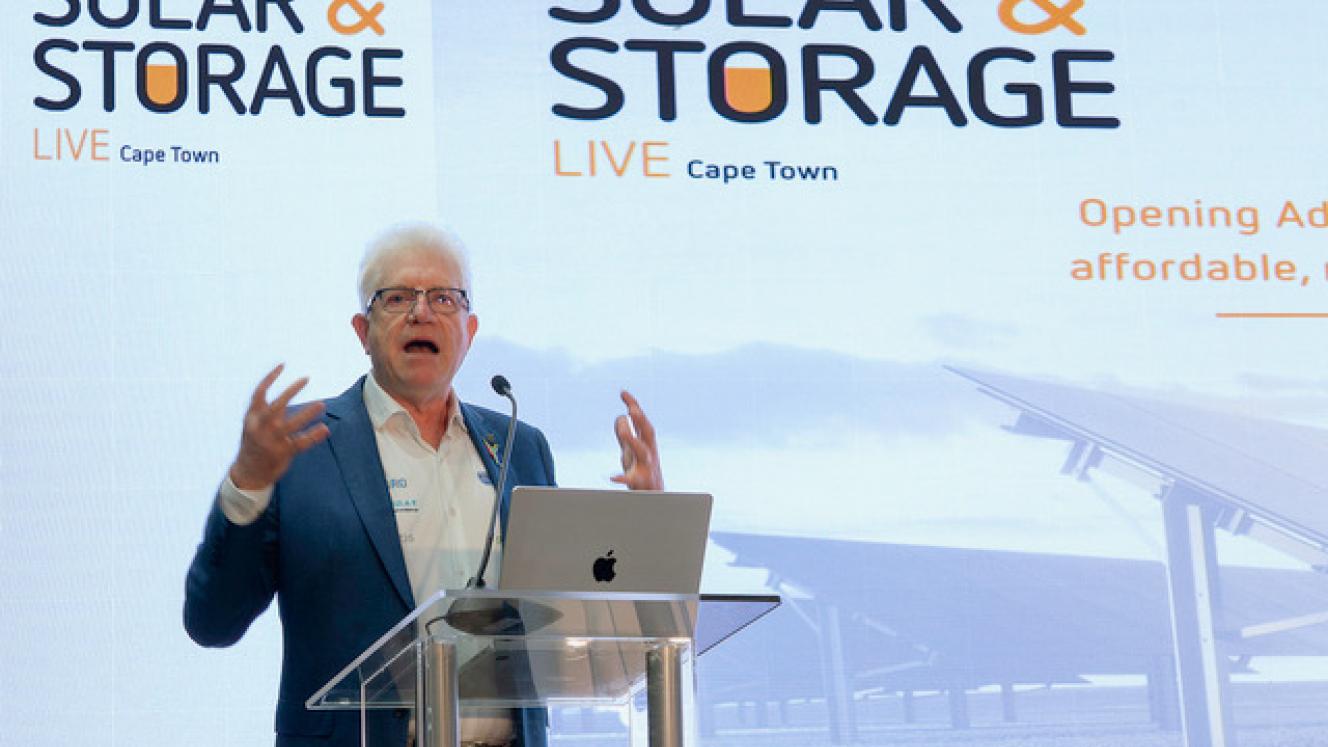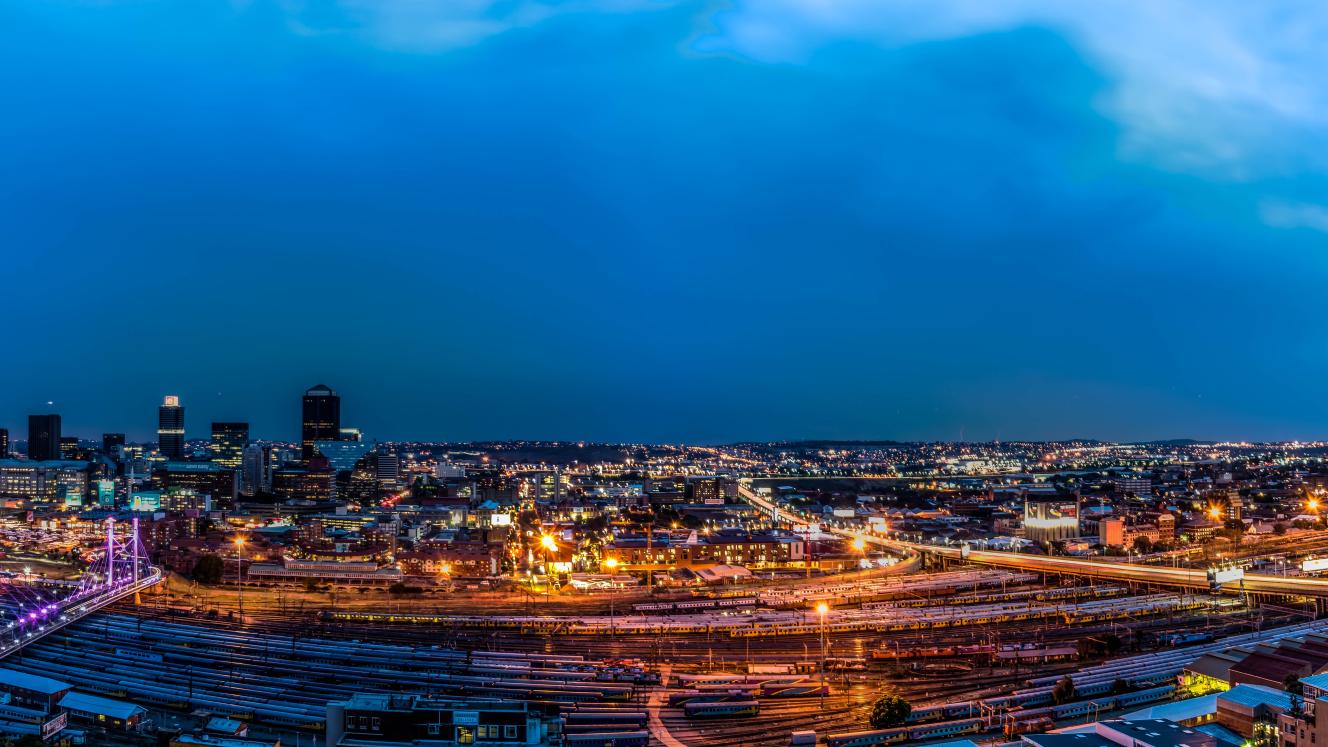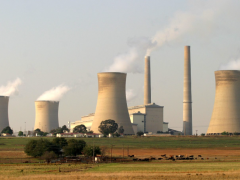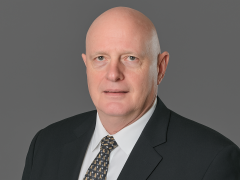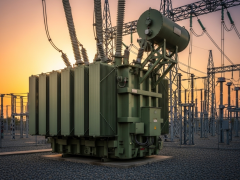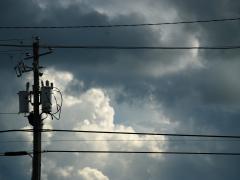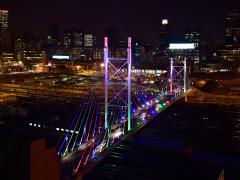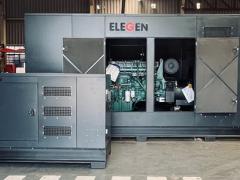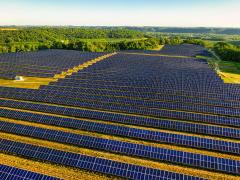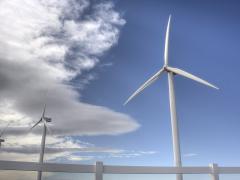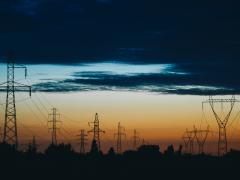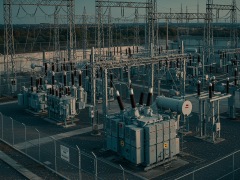Africa must localise battery manufacturing and energy storage technologies to secure its energy future and capture the full value of the global energy transition, Western Cape Premier Alan Winde said at the Solar & Storage Live Cape Town conference this week.
He urged African nations to turn their mineral wealth into industrial capability by building local manufacturing capacity rather than continuing to import components from Asia – a shift he said is vital for economic growth, job creation, supply chain resilience and long-term energy security.
“Why are we not manufacturing batteries here in sub-Saharan Africa?” he asked. “We already have two battery assembly companies in the Western Cape and one in Gauteng but they still buy components from China and Korea. That must change. The next frontier must be local manufacturing of battery components.”
Battery localisation also presents a strategic opportunity for partners such as the EU and US, which are seeking to diversify supply chains away from Asia, he added.
Energy transition momentum
Turning to South Africa’s energy crisis, Winde cautioned against complacency amid a temporary respite from load shedding. “Don’t relax,” he warned. “We are still running on a very old coal fleet. Now is the time to accelerate – to keep rolling out solar PV, battery storage and inverter systems.”
He stressed that, while wind and hydropower are essential, solar and battery systems must form the backbone of South Africa’s energy mix. Winde also noted that 2025 marked a milestone: for the first time, solar and wind power collectively generated more electricity than coal.
Western Cape’s renewable energy vision
Winde outlined the Western Cape’s plan to become energy self-sufficient by 2035. The province aims to install 5 700 MW of renewable energy capacity – well above its peak demand of 4 000 MW – and expects to export power by 2032.
He pointed to Hessequa Municipality as a trailblazer in small town energy independence. “Hessequa Municipality is on track to become South Africa’s first small town to achieve energy self-sufficiency using solar and batteries. As soon as construction started, investment followed because energy security attracts opportunity,” he said.
Already 1 000 MW of renewable energy is being delivered onto the provincial grid with another 1 000 MW expected within the current financial year.
Africa’s clean energy opportunity
Winde called on African nations to chart a clean development path, noting that 600 million Africans still lack access to electricity.
“We are blessed with abundant solar, wind and hydropower potential. We should use these to power our continent sustainably,” he said. “The energy crisis is not a setback but an opportunity to build local industries, manufacture batteries and secure reliable, affordable, clean power for every community.”
